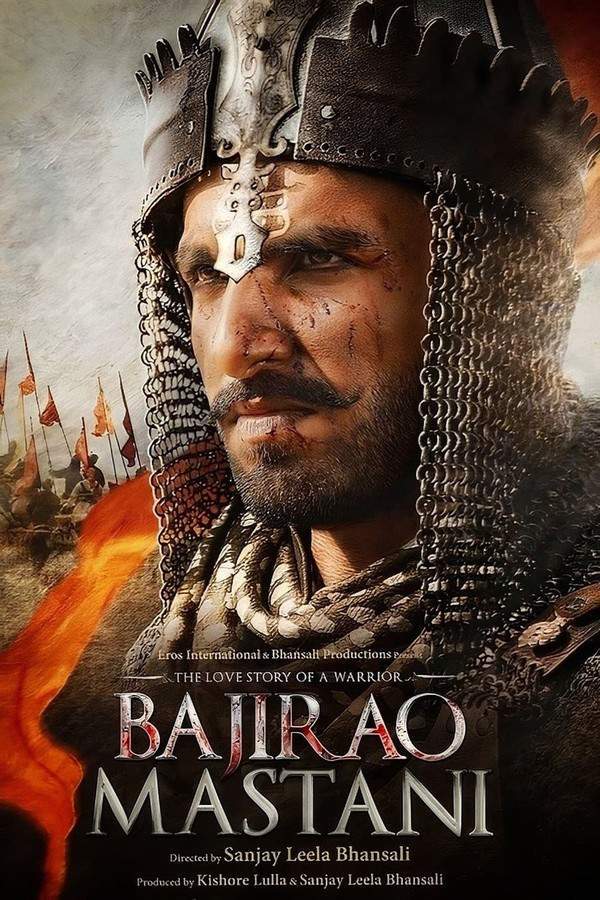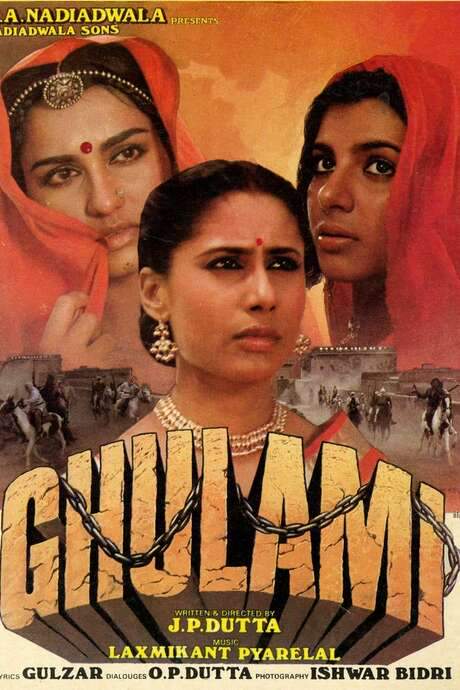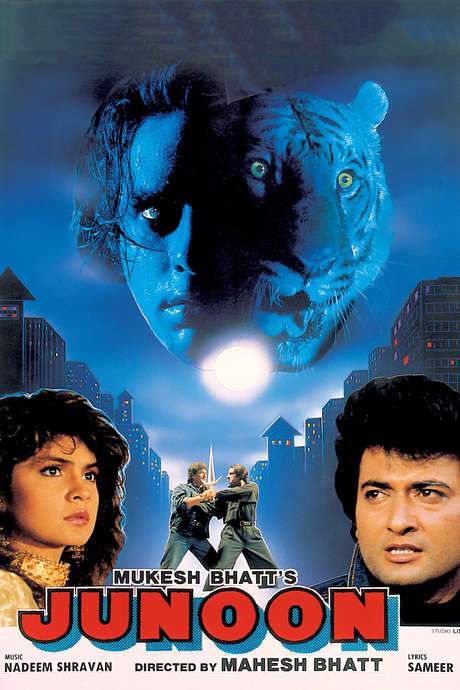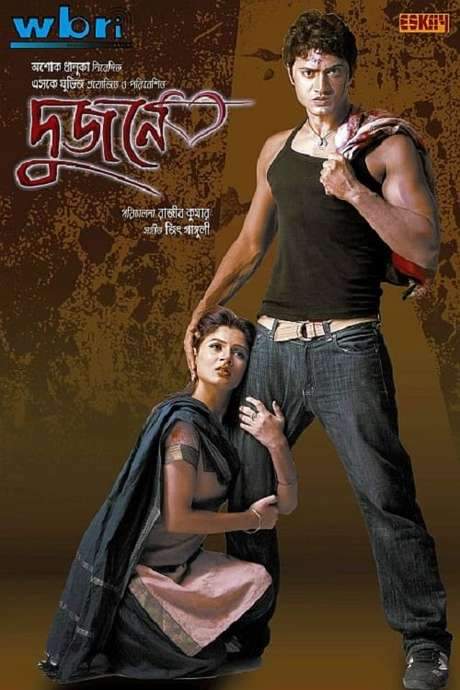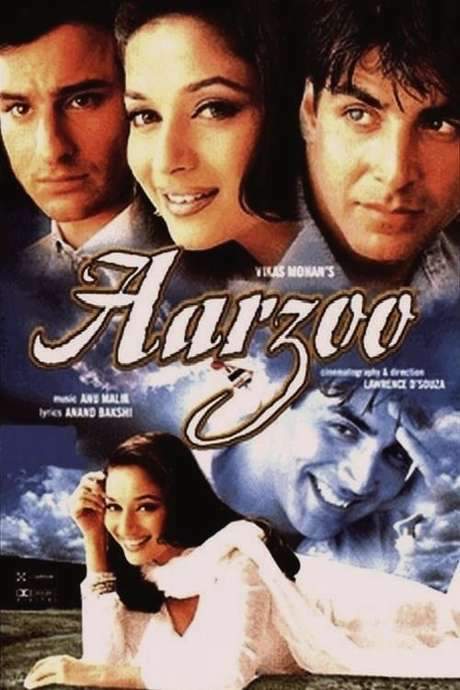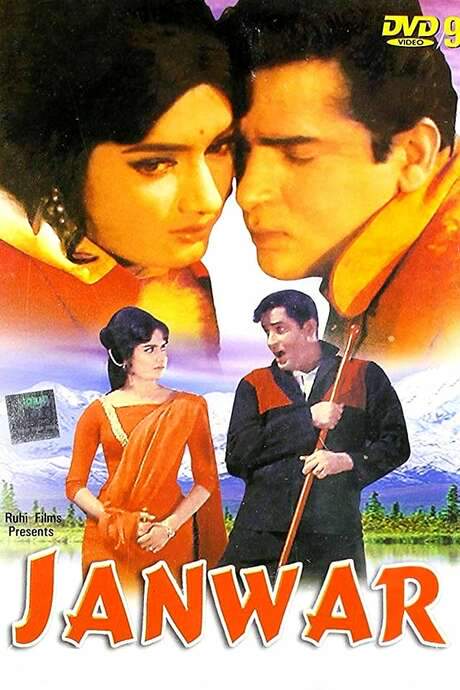Warning: spoilers below!
Haven’t seen Junoon yet? This summary contains major spoilers. Bookmark the page, watch the movie, and come back for the full breakdown. If you're ready, scroll on and relive the story!
Junoon (1978) – Full Plot Summary & Ending Explained
Read the complete plot breakdown of Junoon (1978), including all key story events, major twists, and the ending explained in detail. Discover what really happened—and what it all means.
Set against the 1857 Indian Rebellion, Javed Khan Shashi Kapoor is a reckless feudal chieftain of Muslim Pathan heritage whose life centers on breeding carrier pigeons. His younger brother-in-law, Sarfaraz Khan Naseeruddin Shah, grows increasingly politically aware and begins openly resisting British rule. When a wave of violence hits the countryside, freedom fighters strike at British administrators during Sunday worship at a church, leaving a trail of devastation that heralds a wider clash between empires and loyalties.
Miriam Labadoor Jennifer Kendal escapes the carnage with her daughter Ruth Labadoor Nafisa Ali and Ruth’s maternal grandmother, a Muslim woman from the royal Nawabi line of Rampur. They seek sanctuary with the wealthy Hindu kin of Lala Ramjimal [Kulbhushan Kharbanda], a man torn between his Indian loyalties and his privileged status under the British. Lala’s household becomes a fragile battleground of culture, expectations, and unspoken longing, especially as his wife Firdaus Shabana Azmi watches with growing jealousy and discomfort. The arrival of Miriam’s daughter and mother unsettles the domestic routine, and Javed Khan forcefully drags Ruth into his own home, upending the precarious balance already in play.
The situation deepens as old loyalties collide with new passions. Javed’s growing attraction to Ruth strains the marriage and social codes that govern the Muslim household, while Ruth herself harbors a quiet yet undeniable connection to him. Miriam, recognizing the danger but also sensing a chance to reshape her daughter’s fate, proposes a stark bargain: Ruth’s hand in marriage to Javed should the British be defeated. At first reluctant, Javed agrees after Miriam challenges him with a stark choice—his fight for independence or continued subjugation under colonial rule. The tension between sincere affection and strategic calculation simmers under the surface, particularly as Firdaus’s suspicions and the family’s precar position threaten to unravel the fragile sanctuary they’ve found.
As the rebellion falters against the better-organized British forces, the story follows a cruel turn of events. Sarfaraz, enraged by the setbacks, destroys Javed’s treasured pigeon coops and frees the birds, a symbolic act illustrating how personal passions collide with political aims. The battlefield humbles all: the Indian forces crumble in Delhi, and Sarfaraz dies in combat, his death underscoring the cost of rebellion and the painful toll exacted by colonial power. The Labadoors, seeking safety, are reluctantly welcomed back into the protection of the British, a choice that weighs heavily on Miriam and Ruth as they navigate a tense, morally complex landscape. Firdaus, driven by a stubborn vision of preserving her marriage, helps shield the Labadoors but remains acutely aware of the consequences.
Javed, drawn by a mixture of duty and longing, races to the church where Ruth and her mother have sought sanctuary. The moment is charged with emotion as Ruth steps out and reveals her feelings for Javed, defying her mother’s wishes. Yet the noble oath that Miriam extracted from Javed weighs on him, and he honors it by stepping away rather than breaking his promise. The scene is a quiet, devastating counterpoint to the storm of the rebellion outside, showing that personal vows can outlast even the fiercest political upheaval.
In the final act, the rebellion’s momentum finally shifts in favor of the British, and Javed is depicted as a martyr fighting for a cause he once embraced with pure intensity. Ruth and her mother depart for England with the Labadoors, their path tracing a long arc that ends many years later. Ruth dies fifty-five years after the events, unwed, a somber coda that emphasizes the enduring costs of conflict, divided loyalties, and the unfulfilled promises threaded through the film’s intricate emotional tapestry. The closing voiceover grounds the saga in a historical memory: the British victory and the sacrifices that helped shape a nation’s uneasy road to independence, seen through the intimate lens of a few families caught between two worlds.
Last Updated: October 05, 2025 at 11:48
Unlock the Full Story of Junoon
Don't stop at just watching — explore Junoon in full detail. From the complete plot summary and scene-by-scene timeline to character breakdowns, thematic analysis, and a deep dive into the ending — every page helps you truly understand what Junoon is all about. Plus, discover what's next after the movie.
Junoon Timeline
Track the full timeline of Junoon with every major event arranged chronologically. Perfect for decoding non-linear storytelling, flashbacks, or parallel narratives with a clear scene-by-scene breakdown.

Similar Movies to Junoon
Discover movies like Junoon that share similar genres, themes, and storytelling elements. Whether you’re drawn to the atmosphere, character arcs, or plot structure, these curated recommendations will help you explore more films you’ll love.
Explore More About Movie Junoon
Junoon (1978) Scene-by-Scene Movie Timeline
Junoon (1978) Movie Characters, Themes & Settings
Junoon (1978) Spoiler-Free Summary & Key Flow
Movies Like Junoon – Similar Titles You’ll Enjoy
Bajirao Mastani (2015) Detailed Story Recap
Haider (2014) Full Movie Breakdown
Zubeidaa (2001) Plot Summary & Ending Explained
Bewafaa (2005) Film Overview & Timeline
Saugandh (1991) Story Summary & Characters
Ghulami (1985) Complete Plot Breakdown
Qayamat Se Qayamat Tak (1988) Full Movie Breakdown
Daulat Ki Jung (1992) Complete Plot Breakdown
Khandan (1965) Story Summary & Characters
Baiju Bawra (1952) Full Summary & Key Details
Junoon (1992) Film Overview & Timeline
Dujone (2009) Story Summary & Characters
Aarzoo (1999) Complete Plot Breakdown
Janwar (1965) Full Movie Breakdown
Kanoon (1994) Plot Summary & Ending Explained




